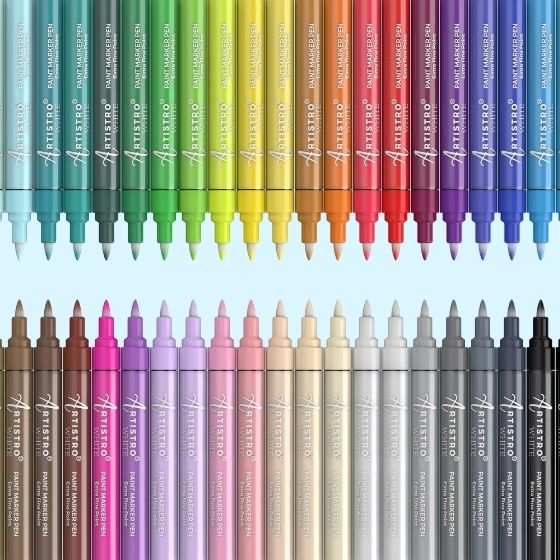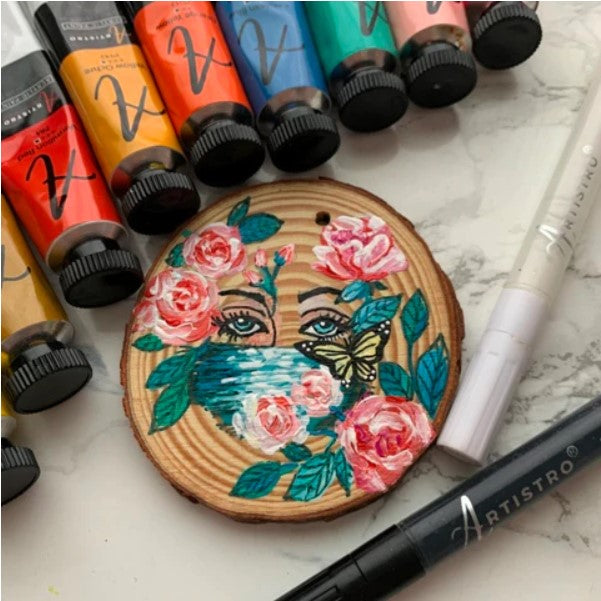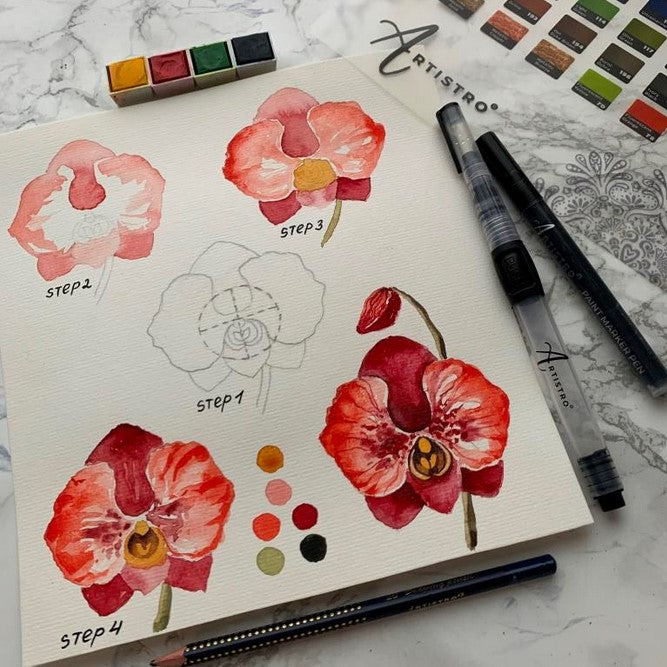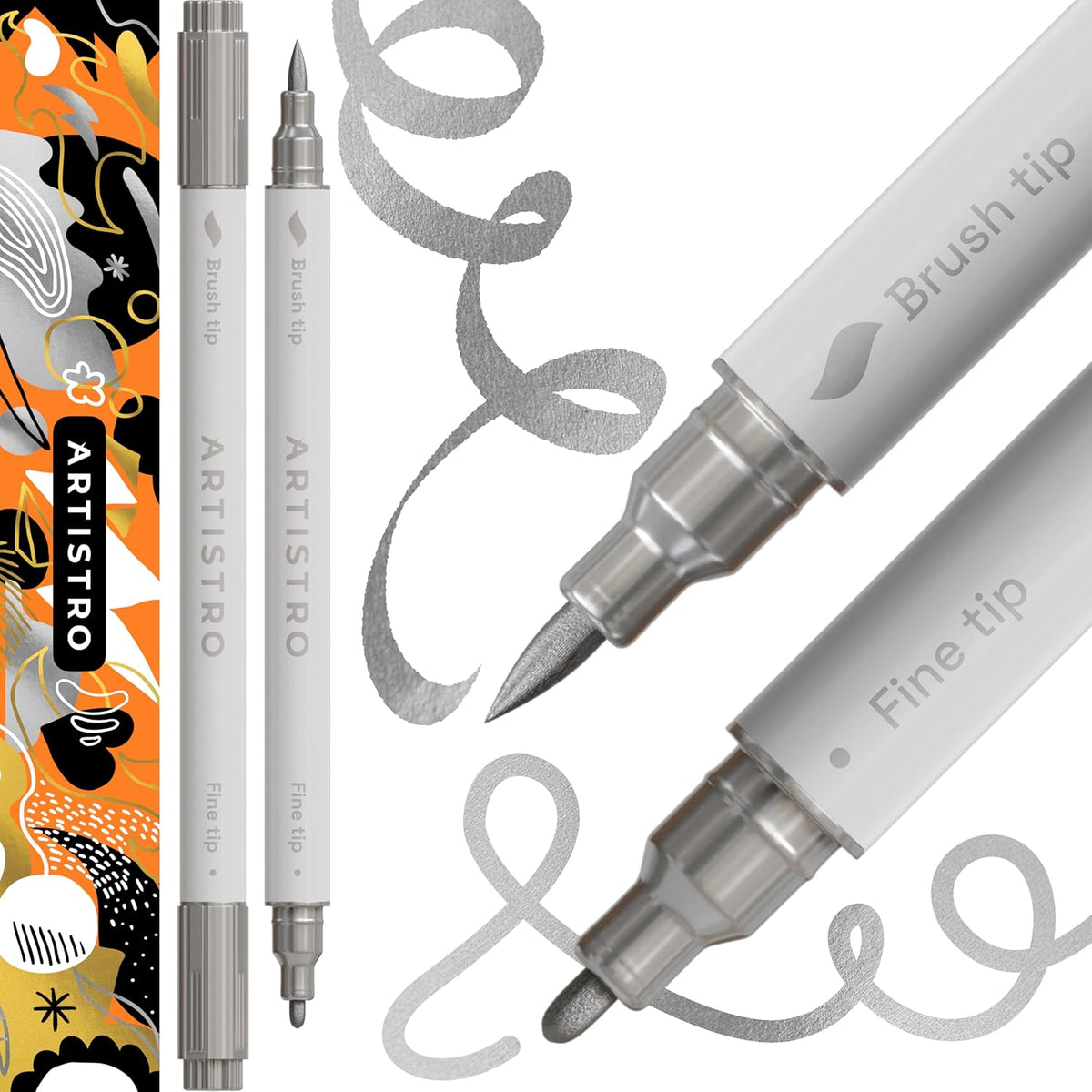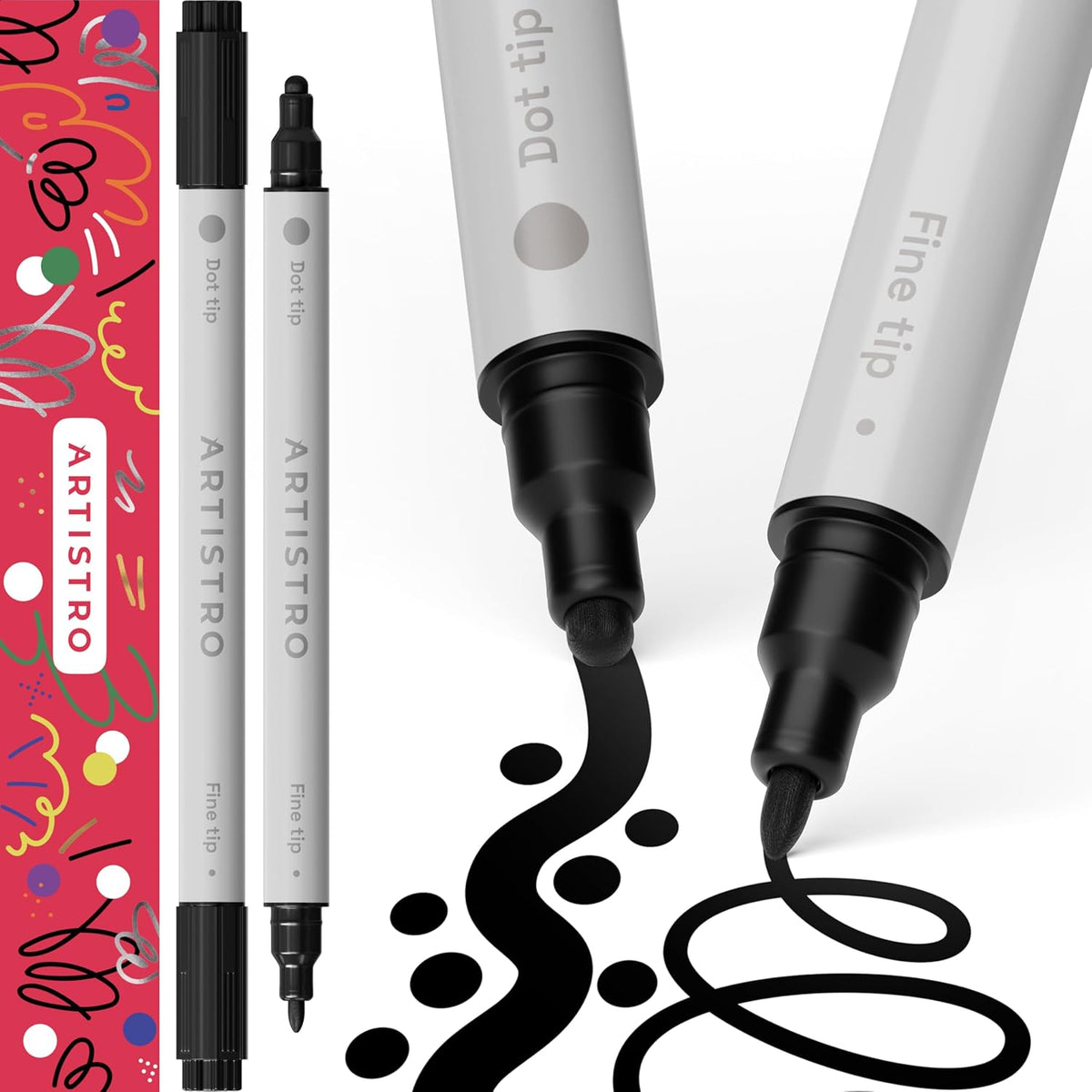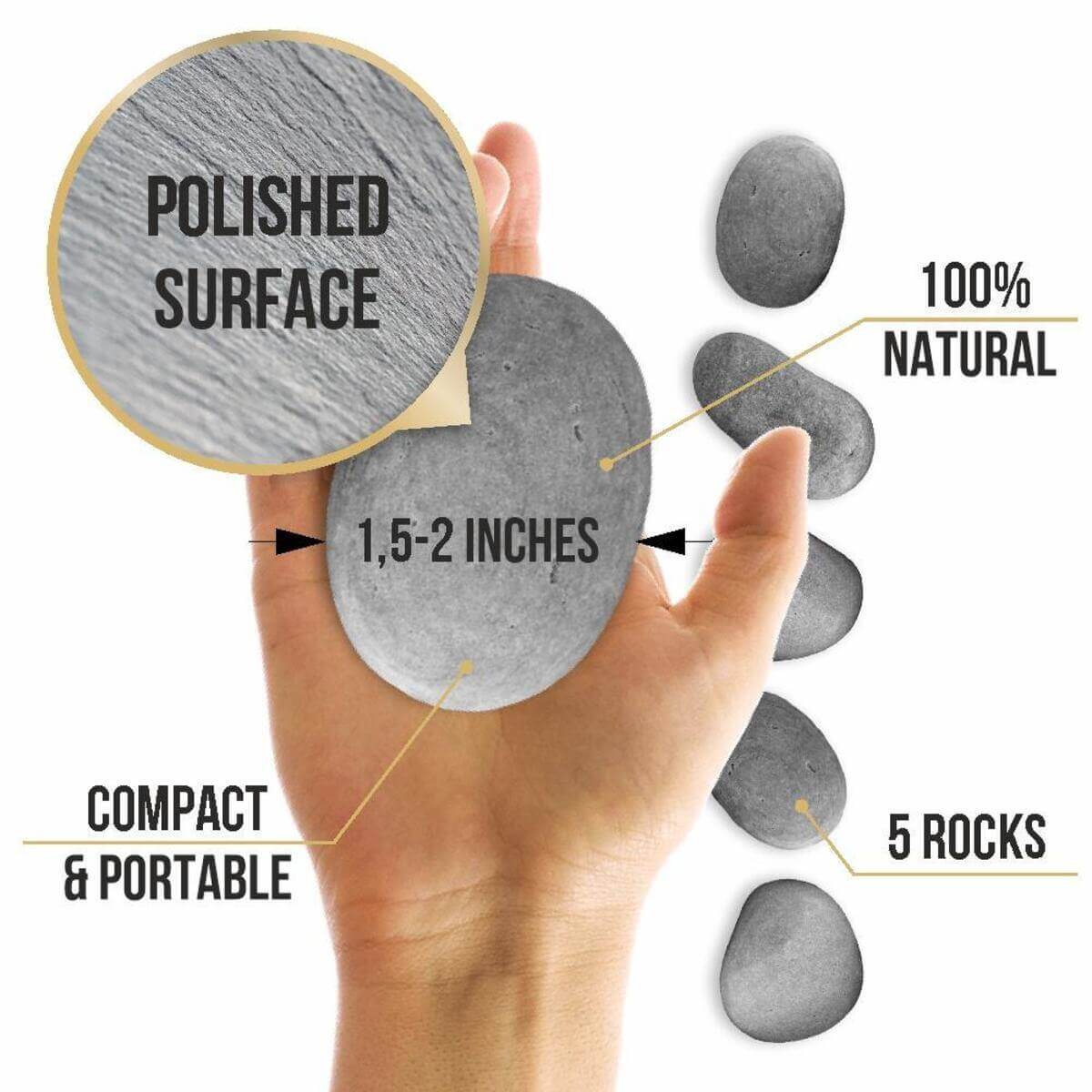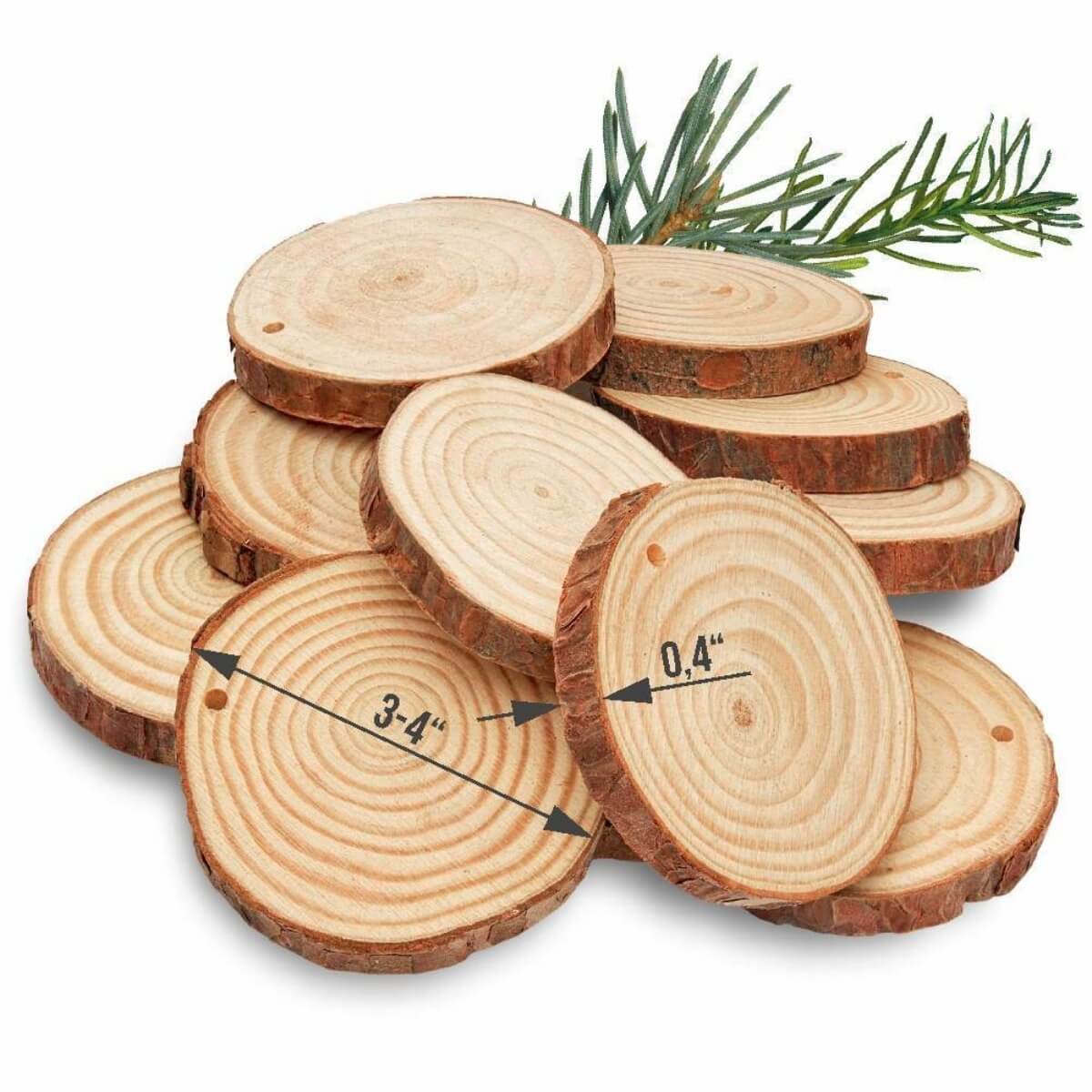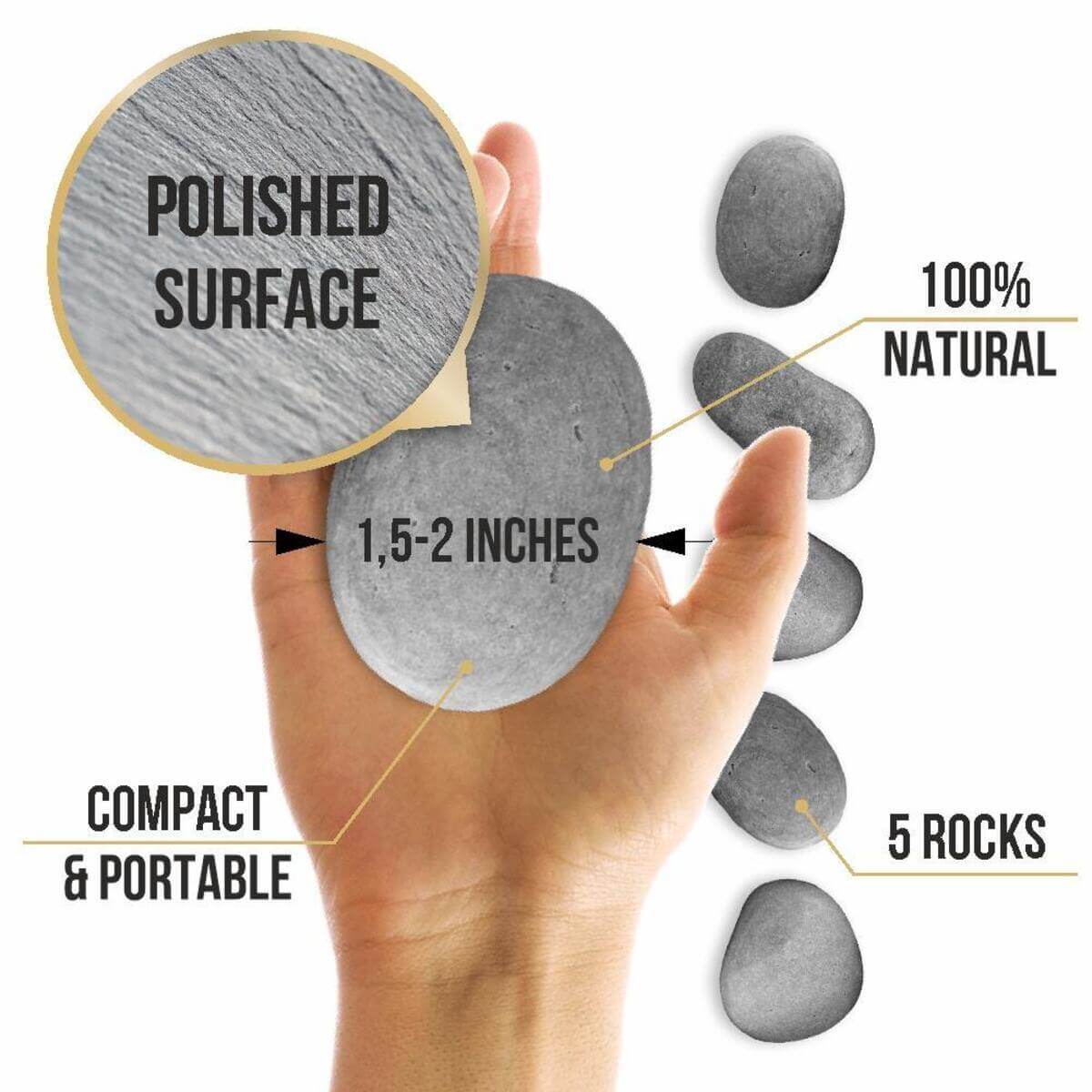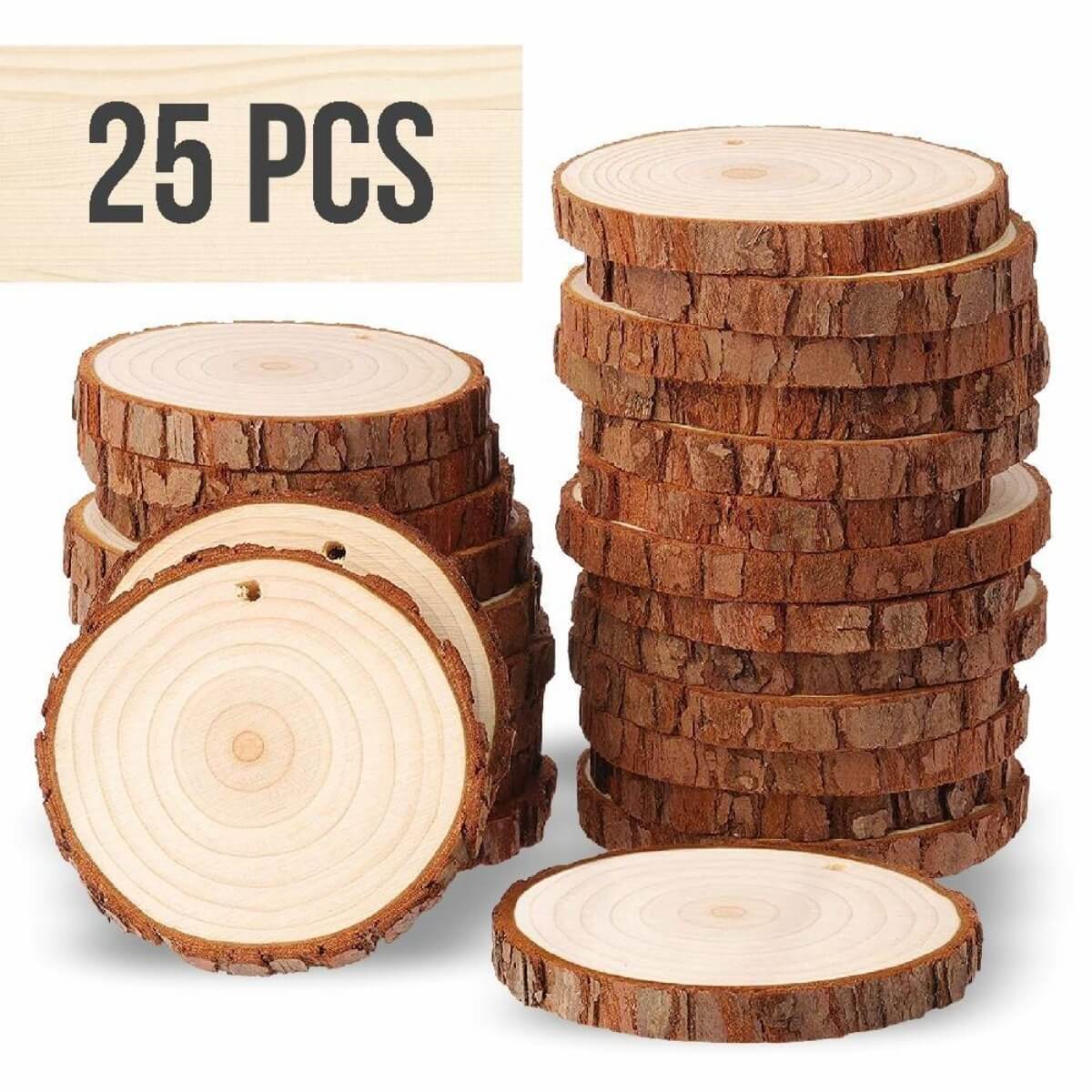Table of Contents:
How to get a marker to work again
Nothing is eternal. This axiom applies to absolutely everything in life. Art supplies also have their own expiration date. Gouache may film, ink in a pen will run out, and a marker may dry out. But sometimes we throw away supplies that might still work. Today we're going to talk about water-based markers and how to restore them.
It should be noted that this is not the case when a marker runs out of ink. Of course, that happens too, especially quickly in frequently used markers. Then you need to buy special ink, if the manufacturer has provided it initially; or a new marker, if there is no opportunity to change the ink.

The main watery marker problems
The main reasons why a marker began to write poorly:
- The ink in a marker is partially dry. It happens that a marker just dried up. The fact is that any opening of a cap leads to the evaporation of the solvent. Over time, the water base evaporates through the closed cap as well. Even if the color is not the most commonly used, such a marker quickly stops writing as well.
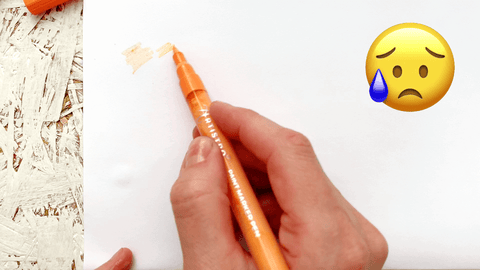
But that's not a reason to go straight away to buy ink or a new marker. Try soaking the paint first. Unfortunately, many people forget about this simple, but effective way to fix a marker.

- The ink in a marker is watery. This is the second possible reason why a marker may write poorly. Over time, the markers stale, and the pigment inside them also changes, it is caused by temperature, exposure to sunlight and other external factors. If you store the markers incorrectly, the chances are high that they will become watery.

How to fix dried out paint markers: Recovering watery markers
How do you know if a marker has started to write watery? Sometimes, even from the appearance of the marker, it is immediately clear that the paint is unevenly distributed inside. In this case, the marker cannot write well.
Why is this happening? When you don't use a certain marker for a long time, paint does not flow into the nib constantly. Because of this, the pigment inside thickens, and the water base enters the tip faster than the dense coloring pigment. This gives the effect of wateriness. To avoid this in the future, you need to know how to use markers and how to store them correctly.

How to bring a marker back to life
To recover a marker, it is enough to shake it vigorously. Close the marker tightly beforehand and check the cap. Shake the marker well for 20-30 seconds; this will restore the correct flow of paint inside. Pay attention, during these manipulations, you should hear the movement of the ball inside. It is this ball that will help distribute the paint over the body of the marker to restore an even flow of ink.
Now try the marker on a piece of paper, it should work as before. If after such testing the result is still unsatisfactory, do not hesitate to repeat the procedures again. You may not have put enough effort in it before. Shake the marker again and check how it writes.

See, it's not hard at all to bring the marker back to life. Enjoy your almost new markers and vibrant colors of life!



